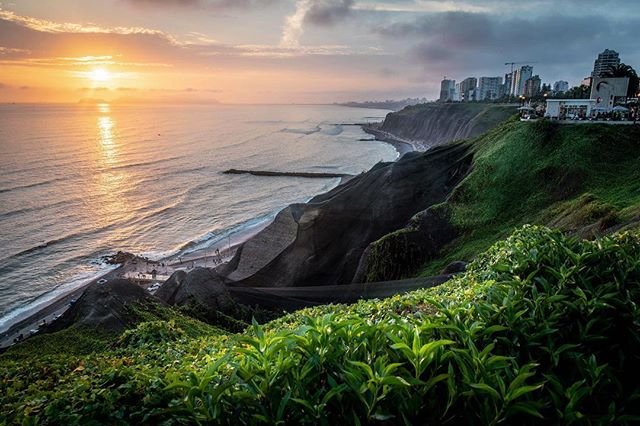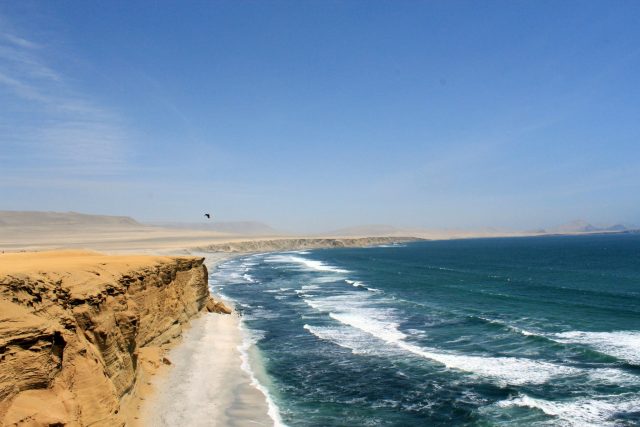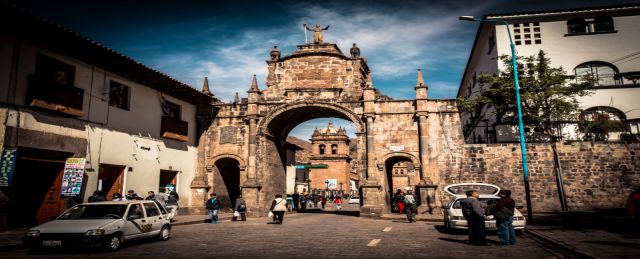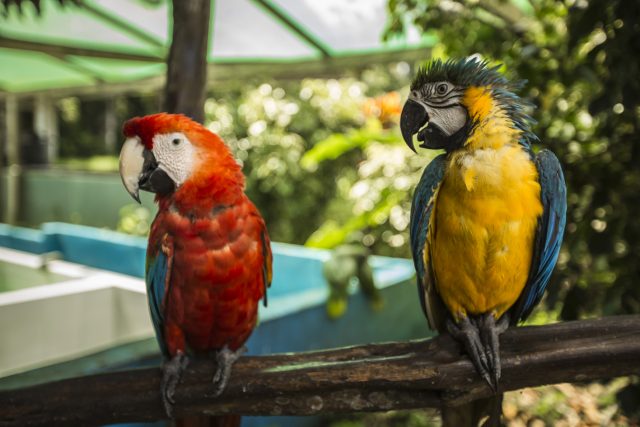
You have made the best decision! Peru is one of the most acclaimed destinations in South America. Venturing to know its huge variety of landscapes, the exuberance of its nature, all its historical and cultural richness and, of course, its exquisite gastronomy -is an experience that everyone should have at least once in a lifetime. We share with you information about the country you are about to discover to make the most of a truly memorable holiday. Have a happy exploration!
Visas and immigration control
Argentinian, Paraguayan, Ecuadorian, Uruguayan, Brazilian, Bolivian, Venezuelan and Chilean citizens: admission by presenting their national identity card.•Other countries in the Americas and most of Europe: passport in force.Upon entry, the immigration authorities will determine the maximum number of days you will be able to stay in the country. They usually grant 90 days for tourists. If you exceed the days of stay listed on your passport, you will have to pay a penalty on your departure.
Vaccines & health
No vaccine is required to enter Peru. In case your trip includes some specific places in the Amazon rainforest and there is a temporary alert, health authorities may recommend the yellow fever vaccine.You should note that many of the country’s tourist destinations are located at fair altitude (e.g. Cusco at 3400 masl.). We recommend, at least one day of the trip, to acclimatize to the height, as well as visit the highest altitude destinations (such as Puno) at the end of the trip. Other important points to consider avoiding altitude sickness are: staying hydrated, avoiding excessive alcohol consumption and heavy food, especially important for newcomers to these heightsPeru is a gastronomic destination par excellence. To enjoy delicious local cuisine throughout your trip, we recommend eating at recommended restaurants, avoiding street food places and drinking only bottled, boiled or filtered water.
Currency
The Sol (S/) is the official currency of Peru and the exchange rate against the US dollar fluctuates between S/.3 and S/.3.50. Although dollars and major credit cards are accepted at most commercial premises, it is always recommended to bring something cash in local currency. It is possible to exchange money in banks and exchange houses during office hours. And in the main cities there are many ATMs connected to the networks Plus (Visa), Cirrus (Mastercard/Maestro), American Express and others.
Time zone(GMT-5)
Peru has the same time throughout its territory throughout the year. In the map below, you can compare the time in Peru with that of some of the main cities in the world.
Electricity
In Peru the outlets are usually 220 volts. Although most 4 or 5 star hotels have 110 volt power outlets, we recommend buying a 220 adapter if the voltage of your home country is different.
Internet and telephony
Almost every city and resorts in the country have an internet signal. However, airports do not usually offer free internet service and some hotels continue to charge for the service. If you need to buy a phone card, you can purchase a prepaid line with your passport from the different phone companies for a small fee.
Tips for service
In Peru, tips are not mandatory, but it is recommended to leave, especially in restaurants, 10% of the total consumption.
GEOGRAPHY AND WEATHER

Coast
It has two climatic seasons: summer (December to March), with average temperatures of 27°C; and winter (May to October), wet and cold (especially in Lima), with an average temperature of 12°C. It rains little on the coast on general basis, but fog and light drizzle are common during the winter. The north coast is sunny all year round, with temperatures reaching 35°C during the summer.

Highlands
It is highlighted by the remarkable presence of the Andes Mountains, with summits exceeding 6,000 meters in height. The climatic seasons in this region are defined by the rains: the dry season (April to October) presents sunny days, cold (icy) nights and sparse rains; while the rainy season (December to March) is marked by the heavy presence of rains. Temperatures can vary dramatically within the same day, from 20°C at noon to sub-zero temperatures in the early morning

Jungle
It is the largest region, covering 57.6% of the country’s total territory. It is heavily influenced by the presence of the Amazon River and its numerous tributaries. It has a humid tropical climate and two climatic seasons: summer or reflux (May to October) with sunny days, temperatures above 30°C and possible rains; and the rainy season (November to March). In the second epoch, the flow of the rivers increases considerably, often making the roads unusable.
Safety aboveal
Peru is a fairly tourist friendly country. Anyway, we offer the following safety recommendations for a completely pleasant stay:
.• Always keep your luggage and personal items in sight.
•Take photocopies of the necessary documents for the trip with you. Leave originals and valuables in hotel safes.
• Try to store your valuables in inner pockets that are not in view of others. If possible, use a money belt.
• Do not handle large amounts of cash or make street transactions.
• Change your money only at authorized sites such as banks, hotels and exchanges.
• Do not accept broken or ripped bills even if they are real, they are not allowed in many places.
• Always use safe and recommended taxis. We advise that you check at the hotel reception or use one of the numerous taxi apps thatoperate in Peru and that you can download on your cell phone: Uber, Cabifyor TaxiBeat.






